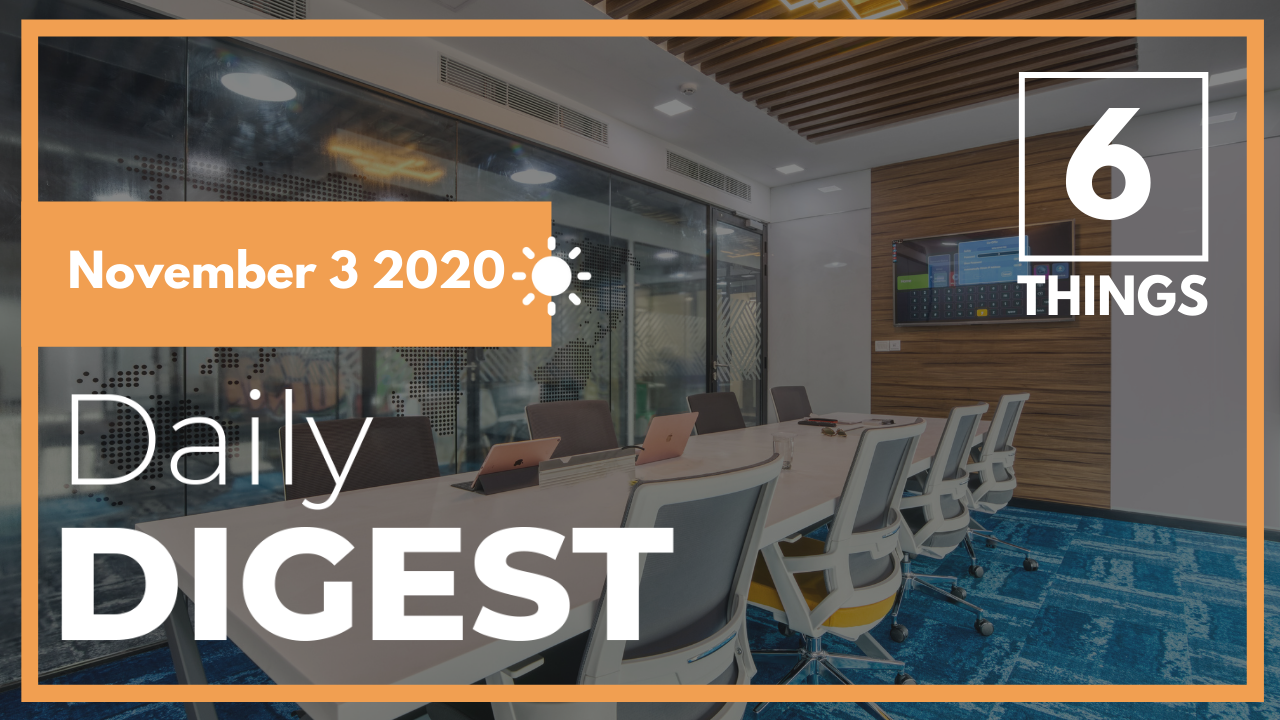Hand selected flexible workspace news from the most reliable sources to keep you ahead of the pack. We find all the latest news, so you don’t have to. Morning and afternoon updates. Stay in the know.
Here’s what you need to know today:
- Reevaluating The Future Of Offices NEW
- British Organizations Prep For Long-term Flexibility NEW
- How Design Is Transforming The Workplace NEW
- Suburban Offices Are Keeping Operators Afloat
- IWG Predicts A Hybrid Future Of Work
- Los Angeles Sees Increased Office Availability
Reevaluating The Future Of Offices
Just nine months ago, attracting new talent included highly-amenitized offices with game rooms, nap pods, unlimited snacks and refreshments and more,
Now, in the age of COVID-19, workers want a better work-life balance, flexible work hours and a lower cost of living.
Traditional workspaces are now facing serious challenges as employees continue to work from home. While there are many benefits to this work arrangement, some workers have expressed increased mental health issues caused by isolation and the desire to have some in-person interactions.
That is why companies are being forced to reevaluate their workplace operations. More specifically, the idea of satellite offices has become increasingly popular as it allows employees access to a workplace that is closer to their homes. This also helps organizations de-densify their headquarters.
Even more, employees can have the option to move away from expensive cities and into more affordable areas, which can be a huge quality of life improvement.
This transition isn’t just limited to satellite offices. Some companies have chosen to move their own headquarters to more affordable cities. For instance, Zoho recently moved its headquarters from Pleasanton, California, to Austin, where the median home cost is 200 times lower.
While it may seem that society has less options now than prior to the pandemic, the flexibility and agility that companies are embracing is allowing employees to have a bigger say in how and when they work.
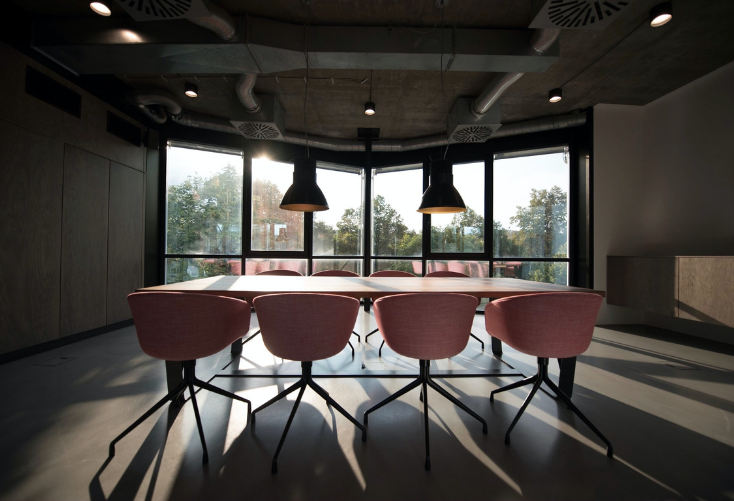
British Organizations Prep For Long-term Flexibility
A new CBI/Ipsos Mori poll found that, while 79% of employees worked entirely or almost entirely in offices last year, companies expect only 29% will do so this year.
Additionally, 47% of organizations are anticipating their workers to split between remote and in-office working as flexibility becomes a mainstay in the workforce.
“Remote working has brought huge benefits…it has not led to a collapse in productivity,” said Josh Hardie, deputy director-general at CBI. “They continue to offer real benefits, particularly for welcoming new staff, training and collaboration. Yet while Covid-19 may have triggered a mass migration from UK workplaces, talk of the death of the office is premature.”
Additionally, the survey revealed that 67% of UK organizations are anticipated to boost measures to achieve net zero carbon emissions, compared to the previous year.
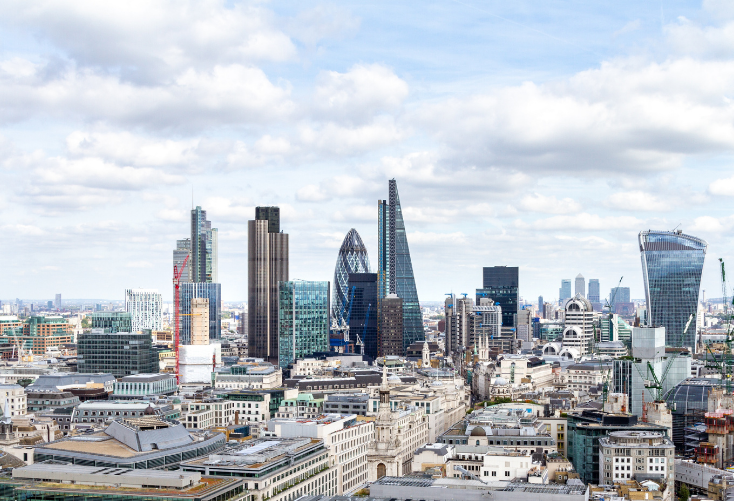
How Design Is Transforming The Workplace
COVID-19 has dismantled everything we knew about office design. Now, architects and designers are shifting their strategies to emphasize the importance of safety and health.
“These are big issues and concerns driving design these days,” said Amy Sjursen, Director at Architecture with Big Red Rooster. “The dynamics of how people do things and how someone interacts with space has changed in such a short time and will continue to change.”
This new outlook on building design will range beyond physical health. The employee experience is at the front of everyone’s minds as mental health issues continue to rise.
“What started with ramps for people in wheelchairs or braille on elevators signs for the blind has now morphed into a much broader understanding of design empathy,” said Sjursen. “How can we use a holistic approach that anticipates others’ experience and creates an environment that works for everyone’s emotional and physical needs?”
In order to protect employees’ mental health, Sjursen said that obvious changes like increased cleaning and plexiglass dividers highlight just how different things are at the moment, prompting uncomfortable feelings.
However, it is essential to keep workers safe with these reminders. Therefore, companies should support their wellness by offering tools and resources that make handling stress easier and more accessible.

Suburban Offices Are Keeping Operators Afloat
IWG is noting an uptick in demand for suburban office spaces, as opposed to their locations in large cities.
This trend is becoming prevalent across several real estate companies, particularly those with locations in New York and London.
According to IWG, deals for its downtown New York offices have fallen by 30% since the beginning of the pandemic, while activity in southern Connecticut has grown by over 40%.
In London, UK-based Crest Nicholson Holdings Plc said its drop in profits were not nearly as bad as predicted due to growth in office spaces in southern England.
Since March, millions of people were forced to work from home as the threat of contracting COVID-19 remained large. With time, companies have navigated how to continue in-person operations, without putting workers at risk.
However, workers are still weary about taking public transit in large cities. This has led organizations to adopt offices in the suburbs to disperse their workforce, and accommodate employees who need a workspace outside of their homes.
“This shows the current trend of buyers wanting more space — inside and outside of the house,” said Iwona Hovenko, London-based analyst at Bloomberg Intelligence. “But it will be interesting if the trend lasts once the pandemic passes. I am a strong believer in London long-term.”
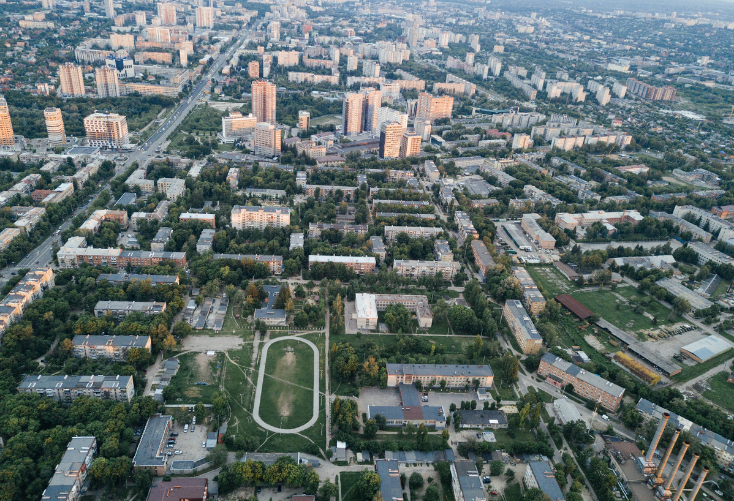
IWG Predicts A Hybrid Future Of Work
IWG has revealed its revenue dropped to £583.3 million in the third quarter of this year, compared to the £680.3 million from the year prior.
Over the summer, lockdown restrictions in the UK were loosened and people began returning to offices. But as COVID-19 cases have started skyrocketing again, national restrictions were once again announced in September, leading employees to retreat back into their homes.
However, IWG’s CEO Mark Dixon has revealed that a boost in sales in China and Korea shows optimism for the future of the industry.
The UK has also experienced some promise, with demand for suburban offices growing. Dixon predicts that a combination of home working, local offices and coming into headquarters every so often will be the future.
“Whilst market conditions remain very challenging, the future of flexible working looks very positive,” the company said. “There is clear evidence of increasing interest in flexible working as companies address how their employees will work in the future, the advent of further potential pandemics and the need to preserve liquidity by limiting capital and operating expense. As a result, we are now starting to see some improvement in our sales activity.”
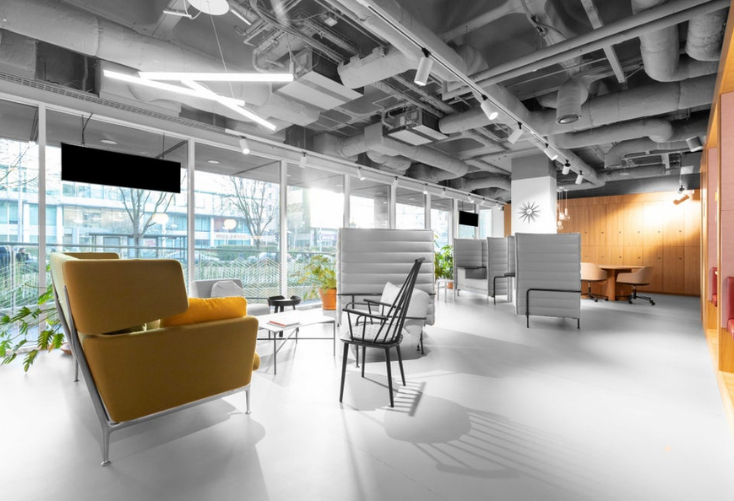
Los Angeles Sees Increased Office Availability
Los Angeles has seen an uptick in sublease space due to ongoing restrictions and workers continuing to work remotely.
This is the overall theme for the office industry across most major markets, particularly as companies opt for permanent remote working policies.
According to CoStar, commercial real estate data firm, there was 9 million square feet of available sublease space in Los Angeles County, 3.5 million of which was in the city’s Westside. This is compared to the 5.4 million of available space at the same time last year.
The research revealed that while there is undoubtedly an increased amount of sublease space all over the city, the Westside’s tech startup community may have caused it to become an outlier.
In fact, the report found that tech companies accounted for 28% of all sublease space in the city.
However, LA is generally in line or seeing less available inventory than other major markets. For instance, San Francisco saw 8.2% of available office inventory compared to LA’s 3%.
“When you look at the office cycle until the downturn, you had three categories that were creating occupancy gains: tech, media and coworking,” said Ryan Patap, Group Director of Analytics at CoStar. “I do think we’re lucky to have entertainment as a driver in this city.”



 Dr. Gleb Tsipursky – The Office Whisperer
Dr. Gleb Tsipursky – The Office Whisperer Nirit Cohen – WorkFutures
Nirit Cohen – WorkFutures Angela Howard – Culture Expert
Angela Howard – Culture Expert Drew Jones – Design & Innovation
Drew Jones – Design & Innovation Jonathan Price – CRE & Flex Expert
Jonathan Price – CRE & Flex Expert
